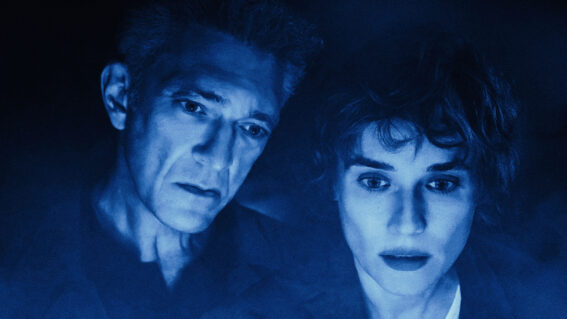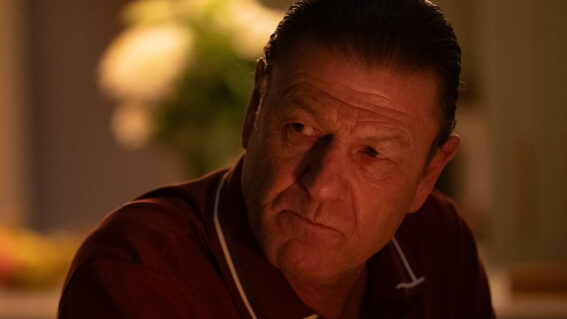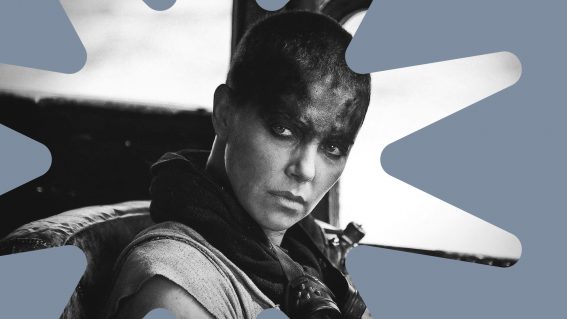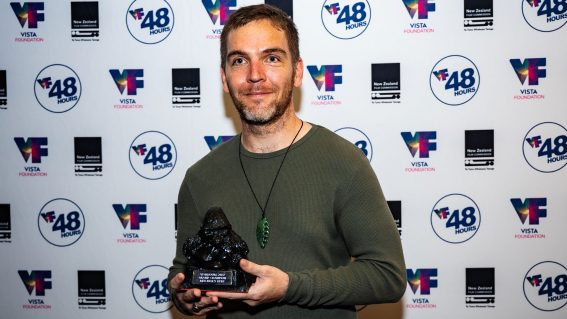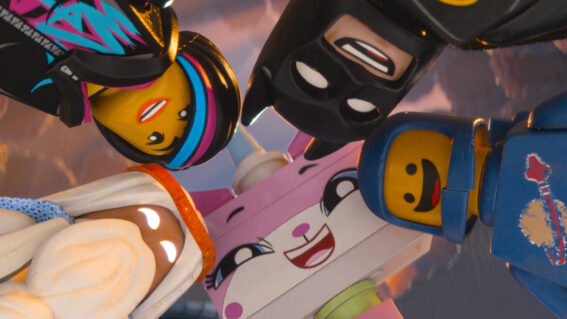Unhappy joy joy: the harsh story behind the new Ren & Stimpy doco
“Well, I just got PTSD right now”

Streaming now exclusively on DocPlay, Sundance hit Happy Happy Joy Joy: The Ren & Stimpy Story celebrates the groundbreaking animated series while detailing the rise and fall of its controversial creator John Kricfalusi, who faced allegations of sexual abuse during the film’s production. Liam Maguren talks to directors Ron Cicero and Kimo Easterwood about their unusual and challenging journey.
CONTENT WARNING: CONTAINS LIGHT REFERENCES TO UNDERAGE SEXUAL ABUSE
THIS INTERVIEW HAS BEEN EDITED FOR LENGTH AND CLARITY
“The current day examples of shows that I think were influenced by Ren & Stimpy are ALL of the shows.” That’s the first line in the trailer to Sundance hit Happy Happy Joy Joy: The Ren & Stimpy Story and you couldn’t draw a straighter line to the truth. A renegade in the animation scene, Nickelodeon’s rule-breaking show stuck a firecracker in the butt-cheeks of the sterilised toy-driven cartoon landscape with its hyper-expressive characters, wildly grotesque sense of humour, and distinctive artistry.
However, when a BuzzFeed article revealed creator John Kricfalusi—John K for short—to be an underage sexual abuser, it smeared a very humourless stain on the show.
Intent on printing the legend AND the villain, directors Ron Cicero and Kimo Easterwood took all of this on, resulting in a complex but compelling story about a group of talented artists who created a beloved show under the rule of a disgraced animator. And it might be surprising to know that neither Ron nor Kimo really knew much about Ren & Stimpy before they started production.
“The first episode I watched was when we decided to do this documentary,” Kimo explained to me via Zoom. “Ron had seen one episode in college. We didn’t have the geeky element of knowing everything about the cartoon and how it was made and all that. Coming in as total outsiders, we thought that helped our angle as far as telling the story.”
“What stands out still is the craftsmanship and the writing,” Ron added. “To think back in the day that it was done largely without digital assistants, you know, hand-drawn 12 or 24 frames every second. It’s just unbelievable. There is a real appreciation when you go back and look at it in that respect. The nice thing about not having that history is that you really can start to become a super fan and ask the questions that some people might take for granted. We could really give it a fresh look.”
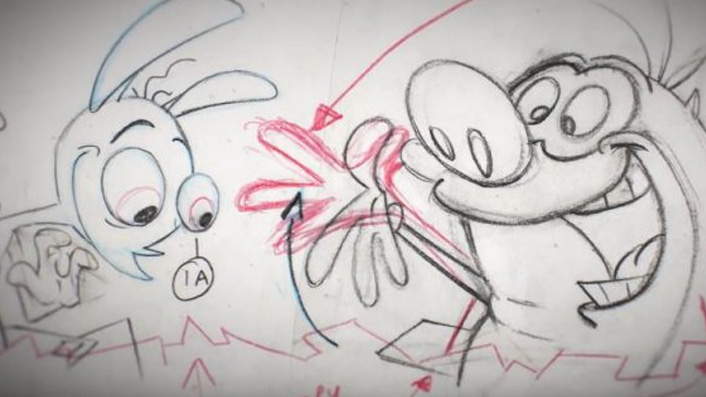
There was a previous version of the film ready to go, but a mere few days later, the John K allegations broke, along with Ron and Kimo’s hearts.
“Well, I just got PTSD right now,” Ron joked when I brought it up. “It was devastating. We had sunk two years into the film and we were like, ‘Who’s going to celebrate this series now that this news has come out about the creator?’
“It really did take us some time to reorient ourselves and figure out how we were going to salvage this and, not to sound like opportunists, but it really did give the film a much deeper focus.
“It certainly helped that Robyn [Byrd], who was one of John’s victims, came on and was so insightful and well-spoken. We knew we had a whole different film and was going to find a much broader audience as opposed to just fans of Ren & Stimpy.”

Robyn and another victim attended the Sundance premiere, a highlight for both Ron and Kimo which initially came with its own set of nerves.
“They hadn’t seen the film and, you know, it’s dicey,” Ron explained. “You just don’t know how they’re going to react. Even if they support what you did, they’re seeing their perpetrator on a massive screen with 600 other people. What’s that going to be like? Fortunately, they both stood up and gave these really impassioned speeches about being given a voice and being thankful for this film.”
When production first started, John K refused to be interviewed. It was only after the news broke that the Ren & Stimpy creator agreed to appear on the film.
“It took six months of sitting with him,” Ron clarified. “I think John hit a point where he’s like, ‘Well, OK, these guys are at least going to give me a platform.’ He’s a huge UFC fan and he heard Kimo is a big Brazilian jujitsu guy, so he decided that was going to be the connection. That’s what kind of loosen things up.”
Near the end of the documentary, they don’t mince words with John K when it comes to talking about the allegations. “We did three separate days of interviews with him that spanned over, I think, two weeks,” Kimo detailed. “John knew the questions ahead of time so there was no ‘gotcha’ documentary filmmaking going on here. He was completely comfortable with us and to talk about it.”
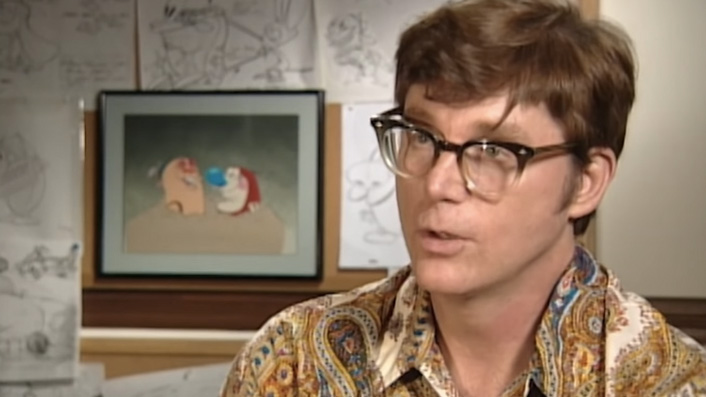
We’ve seen a lot of celebrities crash and burn in the wake of the #MeToo movement. It’s to Happy Happy Joy Joy’s credit that it’s able to celebrate the beloved art while placing the disgraced creator in a separate light, though it’s a documentary that couldn’t—and shouldn’t—be replicated for all occasions.
“I would say what separates this from many other stories like it is just the sheer number of people that contributed to this one thing,” Ron states. “We’re not talking about a single singer or actor. Animation is different because those guys are drawing every single frame or they’re doing, you know, countless other jobs. Even though John did some awful things, we can still appreciate this show. Hopefully, the movie gets this across that it was truly a group effort of artists.”










